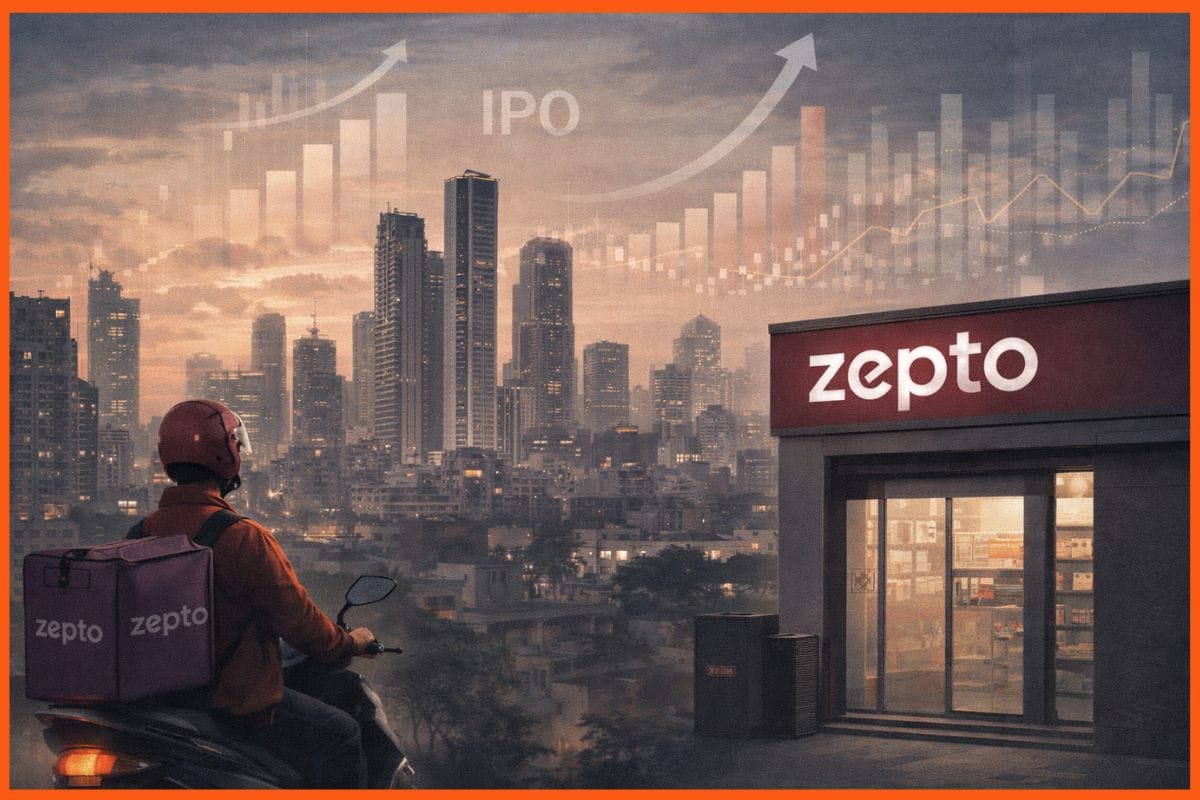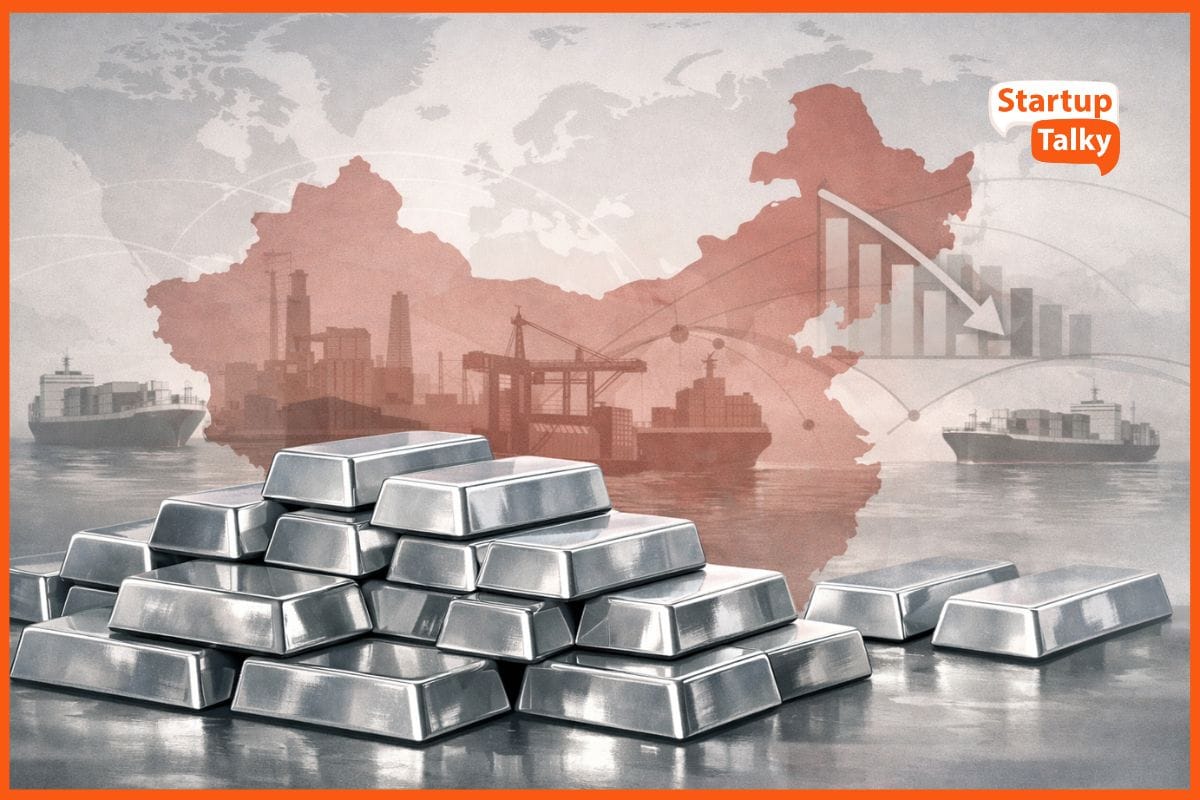Pakistan's Economic Crisis - Explained
🔍Insights
The Islamic Republic of Pakistan was formed in 1947 after the partition of the British Indian Empire. The country was, initially, a dominion of the British Commonwealth until 1956, when it drafted and framed its own constitution. Ranked among the emerging and growth-leading economies through its rapidly growing middle class, the country’s political history since independence is characterized by periods of significant economic and military growth as well as economic and political instability.
Pakistan is geographically, ethnically, and linguistically diverse and is a member of the United Nations, the Shanghai Cooperation Organisation, the Organisation of Islamic Cooperation, the Commonwealth of Nations, the South Asian Association for Regional Cooperation, and the Islamic Military Counter-Terrorism Coalition.
Current Economic Crisis
Bail-Out Loans & History
Talks With IMF For Loans
Conclusion
Current Economic Crisis
It was Pakistan’s rising economic crisis that led to a political stand-off between the then Prime Minister Imran Khan and the current Prime Minister Shahbaz Sharif, who took office in April 2022. However, the country’s economy has been steadily dwindling as its forex reserves fell to a 9-year low reaching below USD 3 billion in early February 2023. The country’s currency, the Pakistani Rupee, has seen a steep fall to reach Rs. 271.50 against one US dollar. Inflation within the country is at a 48-year high with just enough foreign reserves to cover imports for less than a month. The country’s consumer price index in January 2023 had increased by 27.6% and the wholesale price index increased by 28.5%.

Unsurprisingly, the rising inflation has led to an exponential price increase in essential commodities like wheat, onions, gas cylinders, etc. To add to its woes, the oil companies of the country are on the verge of collapse due to the ongoing economic crises and its currency devaluation. This has also led to a lot of petrol pumps running out of fuel disrupting everyday life. The breakdown of the national electricity grid of the country also led to nationwide power outages, specifically affecting Karachi, Islamabad, Lahore, and Peshawar.
Pakistan’s rising expenses are adding to its troubles as the country’s high borrowing led to total debt and liability of Pakistani Rupees 59,697.7 billion in FY ’22. This amount was approximately 89% of the country’s total GDP. Unemployment and poverty are proving huge hindrances to food, healthcare, and wages for the citizens of the country.
Bail-Out Loans & History
By the year 2008, Pakistan’s external debt was Pakistani Rs. 6435 billion. Being an election year, Pakistan People’s Party came to power in that year and during its five-year tenure, increased the country’s debt by 135% to reach Pakistani Rupees 15096 billion by the year 2013. This amounted to 64% of the country’s GDP. A large increase in this debt was domestic with external debt increasing by 22%. Hence the external debt which was at USD 42.8 billion in 2008 reached USD 52.4 billion in 2013.
The elections of 2013 brought Nawaz Sharif to power under whose rule, the external debt increased by 226.8% from USD 52.4 billion to USD 75.3 billion. The primary reason for this debt increase was the China-Pakistan Economic Corridor through which Pakistan procured loans from China and, in return, awarded contracts to only Chinese companies. This also resulted in high imports from China. Imran Khan came to power in 2018 and subsequently added to the increasing external debt to USD 110.6 billion during his rule.
As per IMF data, it has disbursed 21 loans to Pakistan over the years, the first request emerging from the country as early as 1958. Since then, IMF had agreed to disburse a total loan amount of USD 31.73 billion of which USD 20 billion has been disbursed through different transactions like Stand by Arrangements (SBA), Extended Fund Facility (EFF), Extended Credit Facility (ECF) and Structural Adjustment Facility Commitment (SAFC). An IMF loan is released in these different installments based on certain norms that are set by the lender.
Talks With IMF For Loans
Nathan Porter, leading the IMF mission began talks with the Pakistan government represented by their finance minister, Ishaq Dar, on January 31st, 2023. The talks failed to reach a satisfactory conclusion for Pakistan regarding its immediate requirement of USD 1.1 billion loan amount to prevent the country’s bankruptcy. The country is on the verge of defaulting on its external liabilities and is heavily dependent on the IMF’s loan. The loan amount is a part of the USD 6.5 billion loan program. IMF said – “Virtual discussions will continue in the coming days to finalize the implementation details of these policies.”
Conclusion
As inflation mounts and poverty rules the country, Pakistan is in dire need of monetary help from the IMF. However, this loan is also feared to increase inflation and price hikes for the common citizens of the country, further increasing their burdens. The ongoing Russia-Ukraine hostilities are adding to rising inflation around the globe as well. It remains to be seen, how the current government of Pakistan handles the ongoing economic crisis.
FAQs
Why is Pakistan in an economic crisis?
Pakistan's economic crisis is caused by economic mismanagement, political uncertainty, high inflation and energy prices, and urgent foreign debt payments.
What role can international organizations, such as the IMF, play in helping Pakistan navigate its economic crisis?
IMF and other international organizations can help Pakistan by providing financial assistance, technical expertise, policy advice, and coordination to support economic growth, but such assistance may come with conditions that could be politically and socially difficult to implement.
What impact has the economic crisis had on the daily lives of Pakistani citizens, particularly those living in poverty?
The economic crisis in Pakistan has made it harder for people, particularly those in poverty, to afford basic necessities like food and healthcare due to rising inflation, unemployment, and expensive imported goods.
What is the impact of the economic crisis on Pakistan's job market?
The economic crisis in Pakistan has led to rising unemployment rates, limited job opportunities, and job losses in the manufacturing, construction, and public sectors.
Must have tools for startups - Recommended by StartupTalky
- Convert Visitors into Leads- SeizeLead
- Website Builder SquareSpace
- Manage your business Smoothly Google Business Suite







